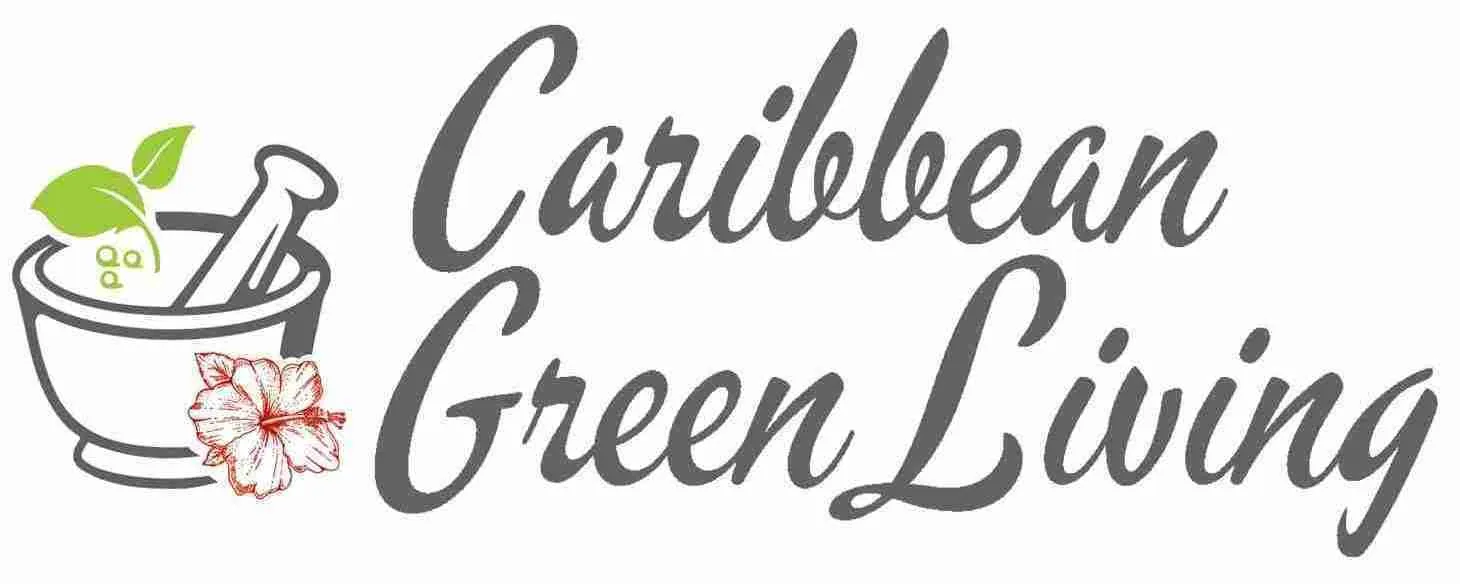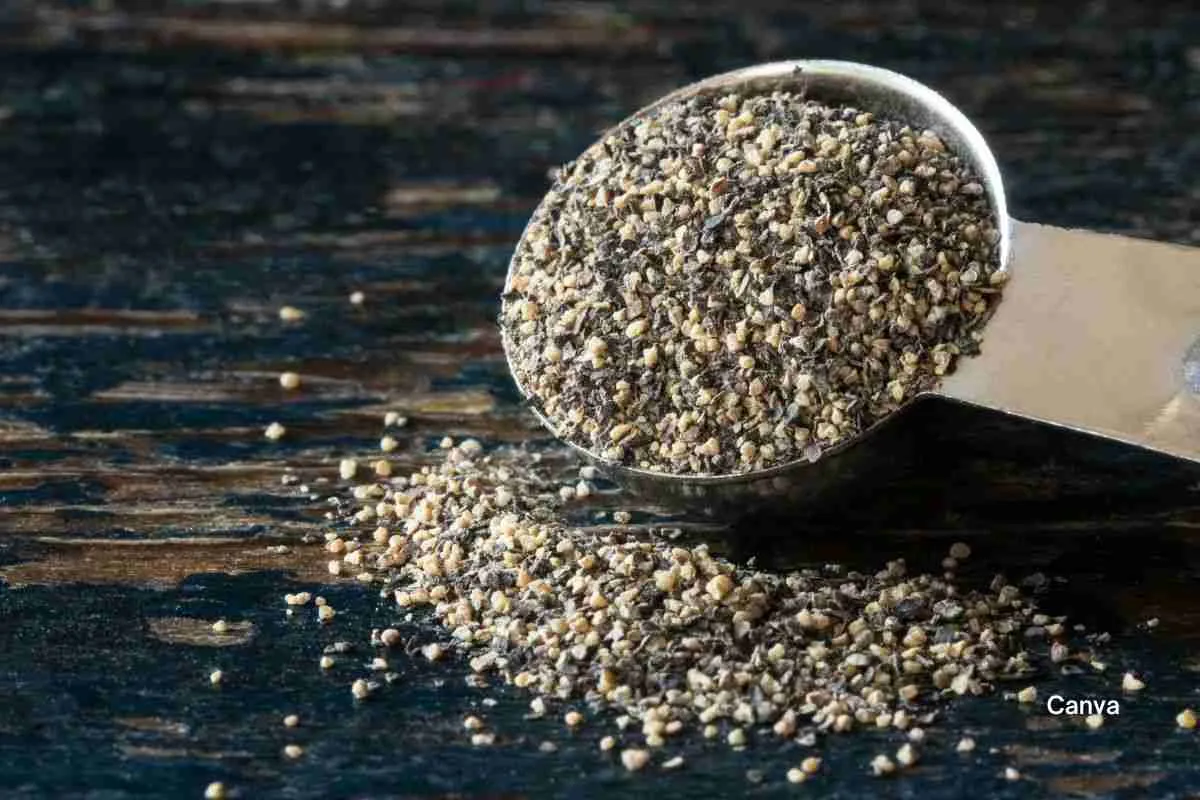What is Farro? A Nutritious Ancient Grain
What is Farro? Farro, an ancient grain cultivated for millennia, is a type of wheat that’s significantly more nutritious than modern varieties. As a whole grain, it retains all three essential parts of the kernel: the bran, germ, and endosperm. This makes Farro a rich fiber, protein, vitamins, and minerals source.
Why Farro Over Rice? While rice is another whole grain, farro often outshines it in nutritional value. Many types of rice are milled to remove the bran and germ, the most nutrient-dense parts. This process strips rice of much of its nutritional value, making Farro a superior choice.
The Benefits of Farro
Digestive health: Promotes healthy digestion due to its high fiber content.
Nutrient-rich: Packed with fiber, protein, antioxidants, and essential vitamins and minerals.
Low-glycemic: Helps regulate blood sugar levels.
Versatile: Can be used in various dishes, from salads and soups to pilafs and porridge.
Heart-healthy: May reduce the risk of heart disease.

How to Cook Farro
- Rinse: Rinse the farro to remove any excess starch.
- Soak (optional): Soaking for 30 minutes can reduce cooking time.
- Cook: Simmer in broth or water for 20-30 minutes, or until tender.
- Drain: Drain any excess liquid.
- Serve: Enjoy hot or cold, as a side dish, in salads, or as a base for grain bowls.
Where to Find Farro:
Farro is becoming more popular, but it may still be considered a specialty grain. Look for it in the bulk section of your local grocery store or in specialty food stores.
Tips for Incorporating Farro into Your Diet
- Experiment: Try farro in different dishes to find your favorites.
- Pair with protein: Combine farro with lean protein sources like grilled chicken or tofu.
- Add flavor: Season with herbs, spices, or a drizzle of olive oil.
- Get creative: Use farro in soups, stews, salads, or as a standalone dish.
Farro: A Nutritious and Delicious Addition to Your Diet By choosing farro, you’re opting for a healthier and more flavorful grain. Its versatility and nutritional benefits make it a great choice for people of all ages and dietary preferences.

Is Farro Better than Rice?
While both farro and rice offer nutritional benefits, farro generally has a slight edge. Here’s a breakdown:
Nutritional Comparison
- Protein: Farro is higher in protein than both white and brown rice, making it a more filling and satisfying option.
- Fiber: Farro contains significantly more fiber, which aids in digestion and helps you feel fuller for longer.
- Minerals: Farro is a good source of iron, calcium, and other essential minerals.
- Glycemic Index: Farro has a lower glycemic index than white rice, meaning it causes a slower and steadier rise in blood sugar levels.
Here is a comparison of the nutritional value of farro and rice:
| Nutrient | Farro (1/2 cup, cooked) | Rice (1/2 cup, cooked) |
|---|---|---|
| Calories | 170 | 100 |
| Protein | 7 grams | 4 grams |
| Fiber | 8 grams | 3 grams |
| Fat | 2 grams | 0 grams |
| Iron | 3 milligrams | 1 milligram |
| Calcium | 30 milligrams | 1 milligram |
As you can see, farro is a better source of protein, fiber, iron, and calcium than rice.
Other Factors to Consider
- Gluten Content: Farro contains gluten, so it’s not suitable for people with celiac disease or gluten intolerance.
- Cooking Time: Farro generally takes longer to cook than rice.
- Cost: Farro can be more expensive than rice.
Here are some other interesting facts about Farro:
- Types of Farro: While often used interchangeably, there are three main types of farro:
- Emmer: The most common type, known for its chewy texture and nutty flavor.
- Spellt: Similar to emmer but with a smoother texture.
- Khorasan: A less common type with a slightly sweeter taste.
- Historical Significance: Farro has been cultivated for thousands of years and was a staple food in ancient Rome and Greece.
- Versatility: Farro can be used in a wide variety of dishes, including salads, soups, stews, pilafs, and even desserts.
- Storage: Cooked farro can be stored in the refrigerator for up to four days or frozen for longer periods.
- Gluten Content: While farro is a type of wheat, it is considered to be easier to digest than modern wheat varieties. However, it still contains gluten, so it’s not suitable for people with celiac disease or gluten sensitivity.
- Environmental Impact: Farro is often grown using sustainable farming practices, making it a more environmentally friendly choice than some other grains.
Conclusion
If you’re looking for a nutritious and versatile grain, farro is an excellent choice. However, if you’re on a budget or have dietary restrictions, rice might be a better option. Ultimately, the best choice for you depends on your individual needs and preferences.
Recipes with Farro
Sources
- https://www.goodhousekeeping.com/food-recipes/cooking/a27557917/what-is-farro/
- https://foodprint.org/real-food/emmer-farro/
- https://wholegrainscouncil.org/blog/2023/02/whos-grain-spotlight-farro
Originally published on October 9, 2019. Revised and updated.





